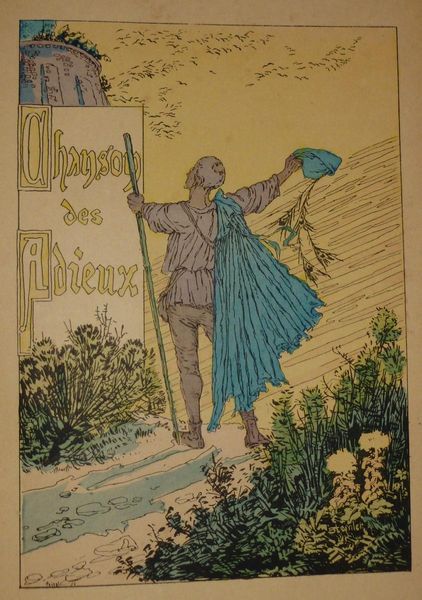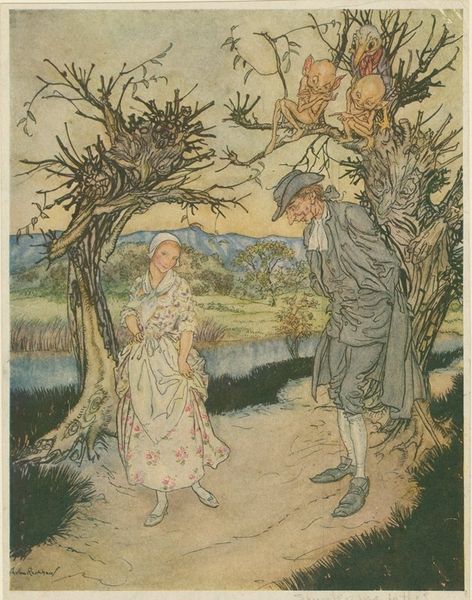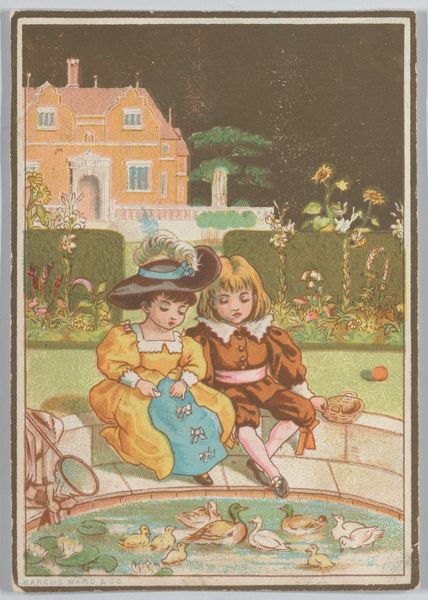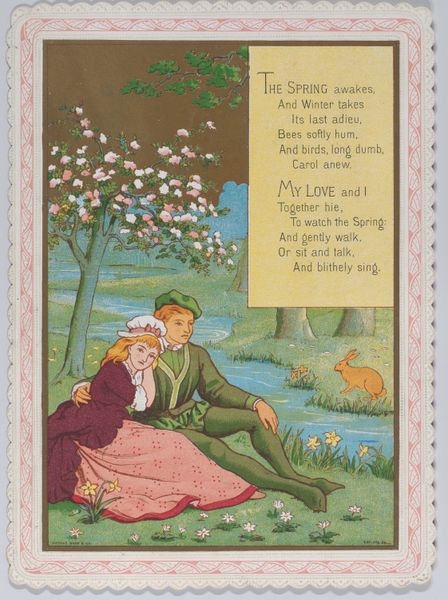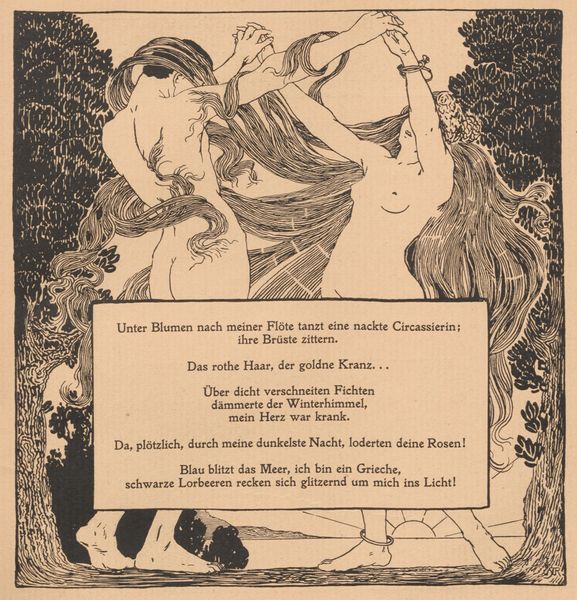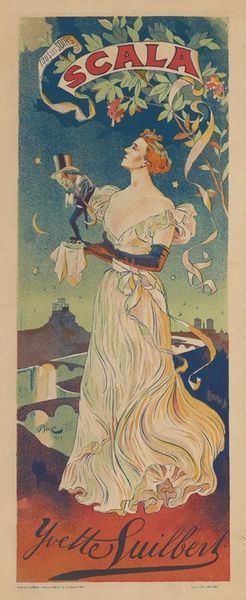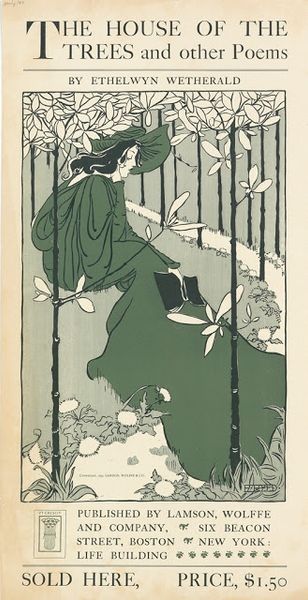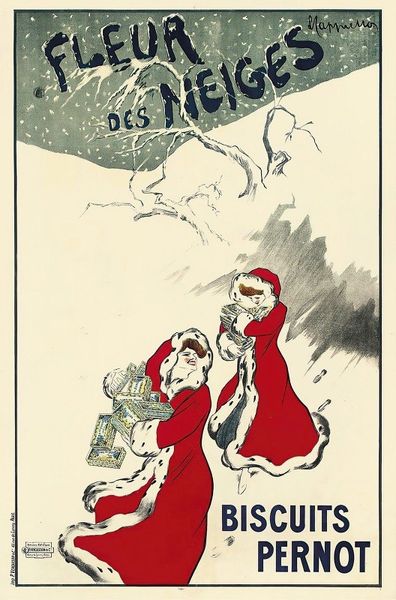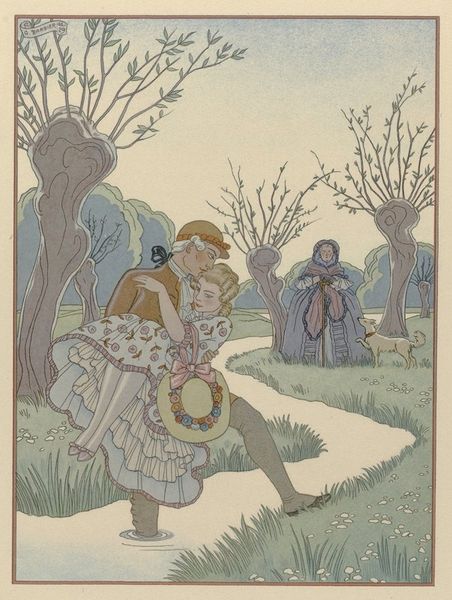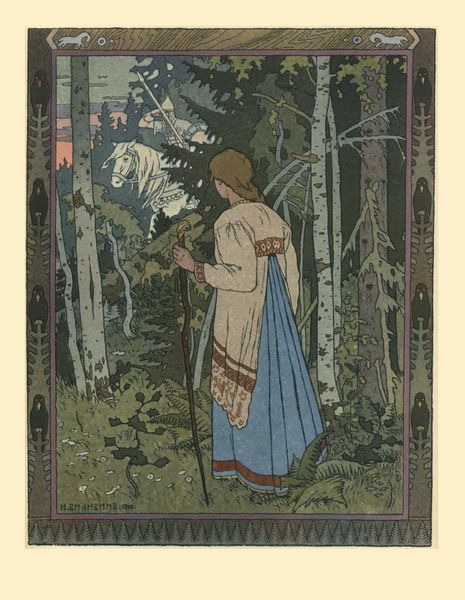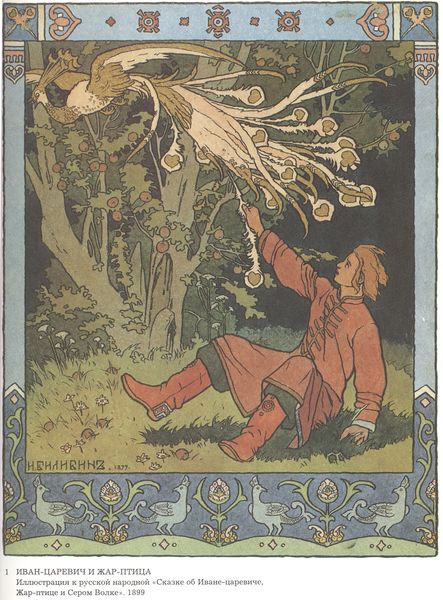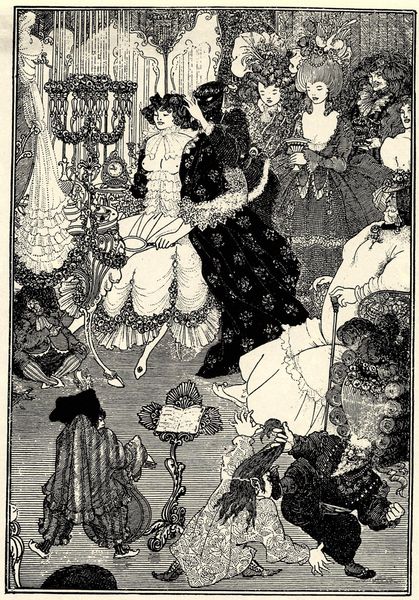
drawing, print, ink
#
drawing
#
ink drawing
#
narrative-art
#
ink painting
# print
#
text
#
ink
#
symbolism
#
genre-painting
Copyright: Public domain
Curator: "Buvons du Lait"—let's delve into this captivating drawing and print by Théophile Alexandre Steinlen. It is rendered primarily in ink. What's your initial impression? Editor: My first thought is it feels nostalgic, perhaps a scene recalled from childhood, with soft colors that evoke a comforting and old-fashioned mood. Is it, perhaps, aimed towards children? Curator: It could well be, and was used as an advertising poster in its time, specifically promoting milk consumption, cleverly using narrative to get its point across! We should remember prints were vital forms of mass media. I would say, looking closer at the materials, Steinlen's choice of ink likely facilitated a relatively inexpensive and rapid method of reproduction, allowing this image to reach a wide audience in cafes, along the street and elsewhere. Editor: I see! And it definitely feels public, that's an interesting thought, and adds a certain sense of responsibility as part of a commercial environment and a product itself! Look how the imagery plays into this function; there is this central narrative of the woman surrounded by the children, who in turn focus on her tale; meanwhile in the background is some military narrative! And, on the edges, animals are stylized; even text is rendered pictorially within. The drawing actively sets up visual relationships and multiple narratives. Curator: Absolutely. The narrative-art elements are cleverly woven together, aren't they? Each panel or vignette presents its own story while contributing to the overall theme of the "Buvons du Lait" message. Do you think the artist sought to suggest how milk is both wholesome but necessary and relevant to all social echelons in turn, and thus could bring people together? Editor: Possibly. He might have hoped to instill certain civic virtues. Perhaps, however, by rendering it through a comforting nostalgia and story-telling mode, that the target group was envisioned differently? Who gets targeted with the idea of an idyllic vision for a country or group? Curator: You make an insightful point about targeted audiences! This work opens up discussions on artistic techniques, historical context, and cultural interpretations around art, mass media, and advertising. It would be good to know how milk products were sold at the time. Editor: Yes, precisely, let’s think how visual works are positioned in society, whether or not this happens at the level of process, technique or, just as importantly, public consumption!
Comments
No comments
Be the first to comment and join the conversation on the ultimate creative platform.
